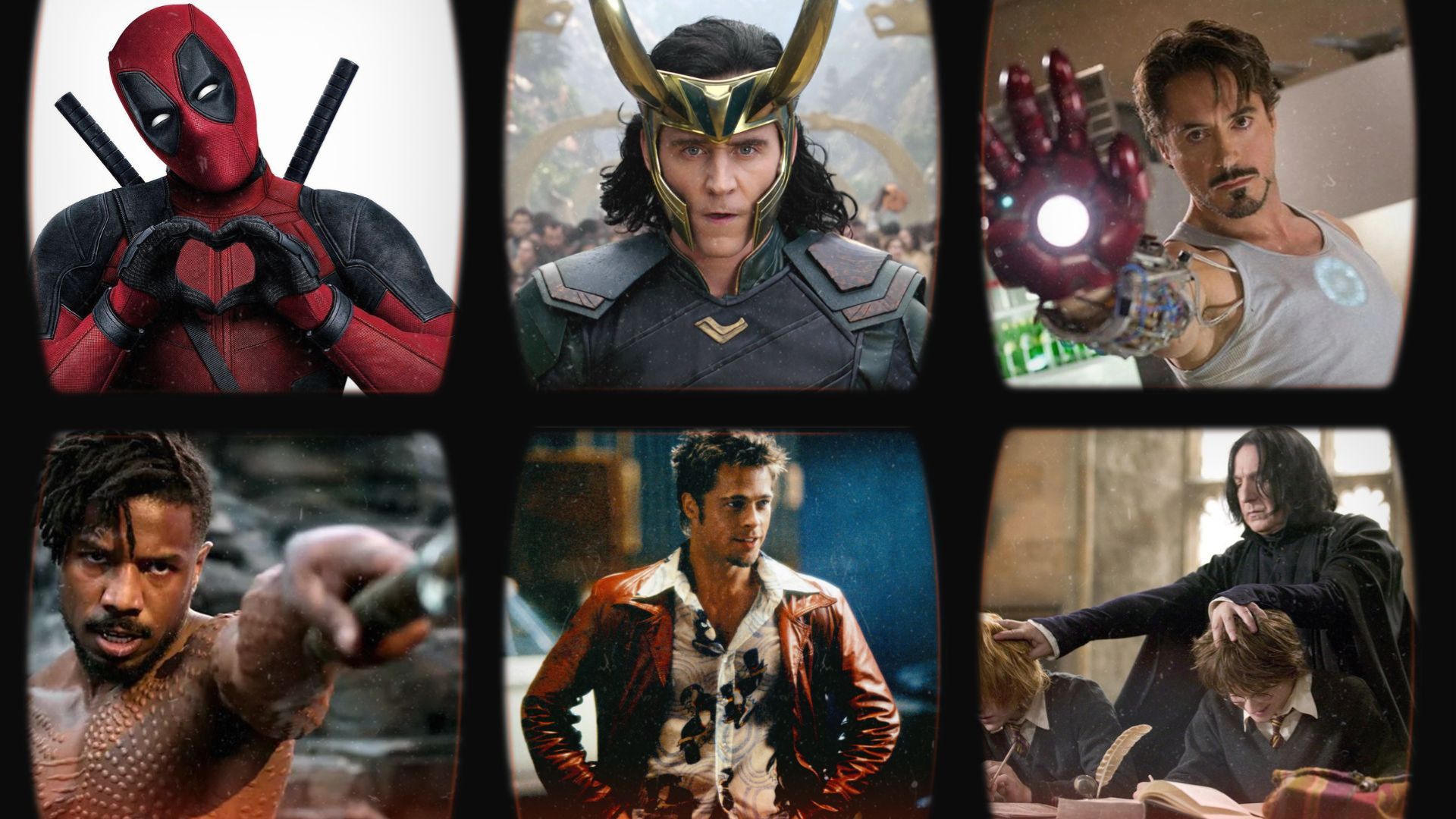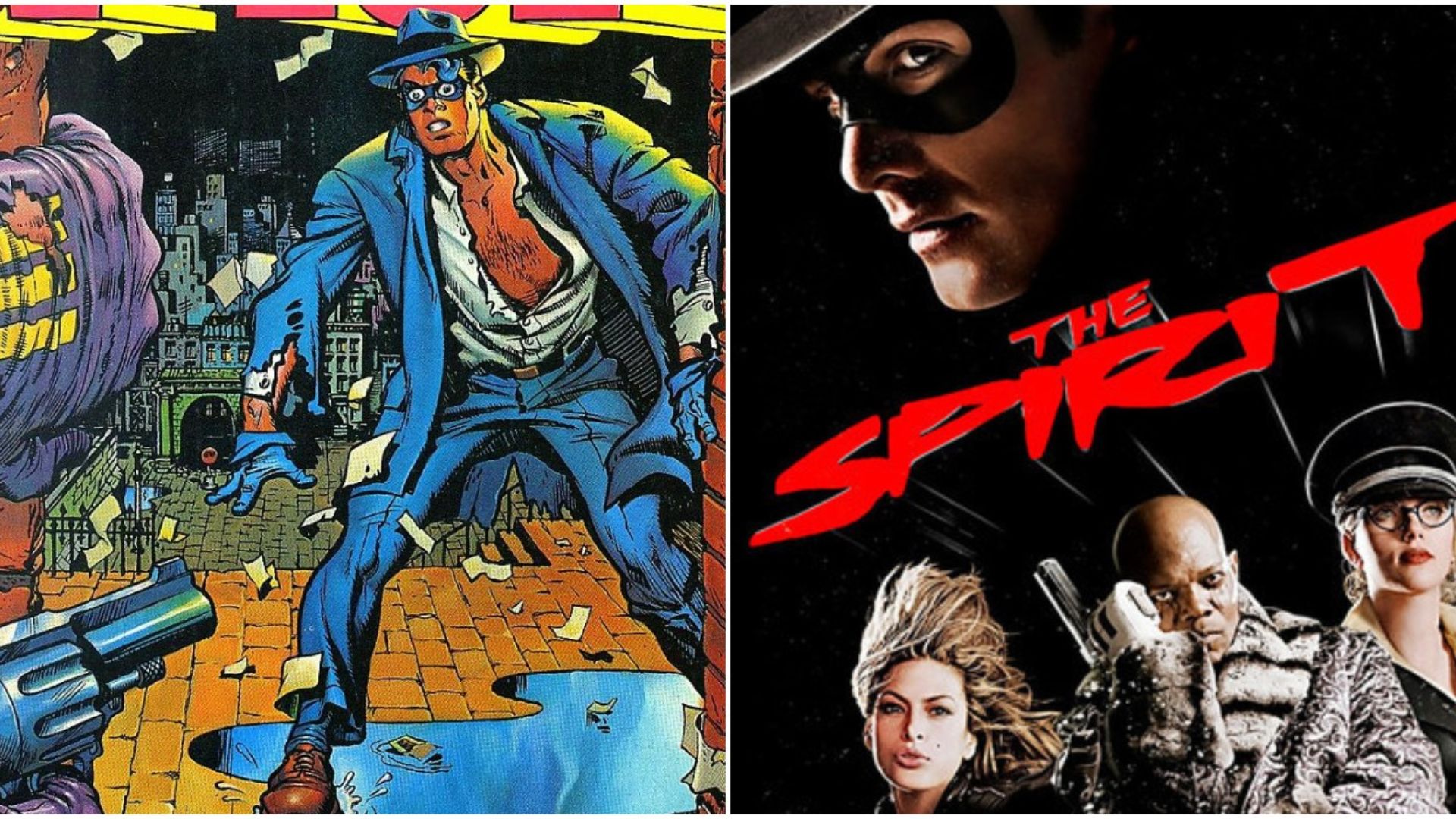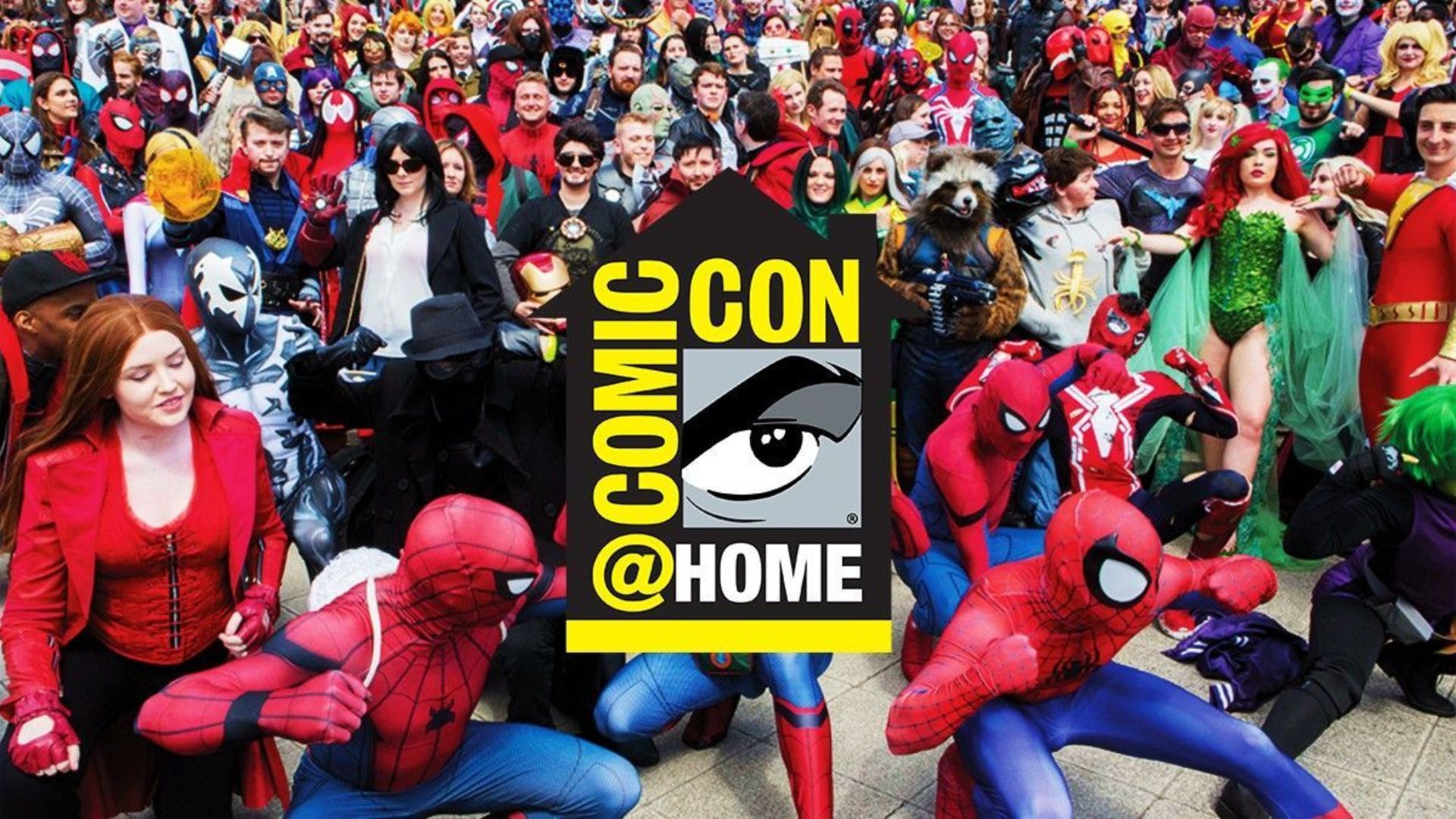In the world of comics, movies, and TV shows, two character types stand out as central figures: superheroes and antiheroes. While both often occupy the role of a protagonist, they are fundamentally different in terms of their motivations, methods, and moral codes. These distinctions have become increasingly important in modern storytelling, especially as audiences seek more complex and nuanced characters. But what exactly sets superheroes and antiheroes apart? And why has the antihero gained so much popularity in recent years? In this article, we’ll break down the key differences between superheroes and antiheroes and explore the impact these characters have on storytelling and culture.

Understanding Superheroes
Superheroes have been the cornerstone of the comic book industry since the 1930s. Defined by their extraordinary powers, unwavering moral codes, and sense of duty, superheroes are typically depicted as individuals who use their abilities to protect the innocent and uphold justice.
Motivation and Morality
At their core, superheroes are driven by a strong sense of right and wrong. Their actions are usually motivated by a desire to protect society, fight injustice, and make the world a better place. Superheroes follow a strict moral code, often based on altruism, self-sacrifice, and a responsibility to use their powers for good.
- Example: Superman is perhaps the epitome of a superhero. His origin story—being raised with a strong moral foundation on Earth—fuels his desire to protect humanity. He operates by a clear and unwavering moral code, refusing to kill or take justice into his own hands.
Powers and Abilities
Superheroes are often gifted with superhuman abilities, whether through alien origins, scientific experiments, mutations, or training. These abilities, along with their sense of responsibility, make them capable of taking on massive threats to humanity, from villains to cosmic-level dangers.
- Example: Spider-Man’s powers (super strength, agility, and wall-crawling) come from a radioactive spider bite. His “spider sense” helps him prevent harm to innocent people, and his mantra, “With great power comes great responsibility,” guides his every action.
Understanding Antiheroes
Antiheroes, on the other hand, are characters who possess heroic qualities but lack the traditional moral framework that defines superheroes. They are often complex, morally ambiguous, and willing to bend or break the rules in order to achieve their goals. While they may still fight for justice, they do so in a much more self-serving, morally gray way.
Motivation and Morality
The defining trait of an antihero is their ambiguity. Antiheroes often act out of personal desire or vendetta rather than a sense of duty or justice. While they may still oppose evil, they are willing to use ruthless tactics, sometimes blurring the lines between heroism and villainy. Their moral compass is often more flexible, and they may disregard laws and rules when it suits their purposes.
Powers and Abilities
Antiheroes may or may not possess powers, but their abilities are often less central to their identity than their personality or worldview. Antiheroes tend to rely more on their own skills, intellect, and survival instincts. They often lack the moral constraints that superheroes have, allowing them to be more brutal in their actions.
Conclusion
The distinction between superheroes and antiheroes is more than just a matter of powers or tactics—it’s about morality, motivation, and the complexity of human nature. Superheroes represent the ideal, upholding justice and virtue at all costs, while antiheroes are more flawed, embracing the gray areas of morality and often questioning the very system they fight for.










